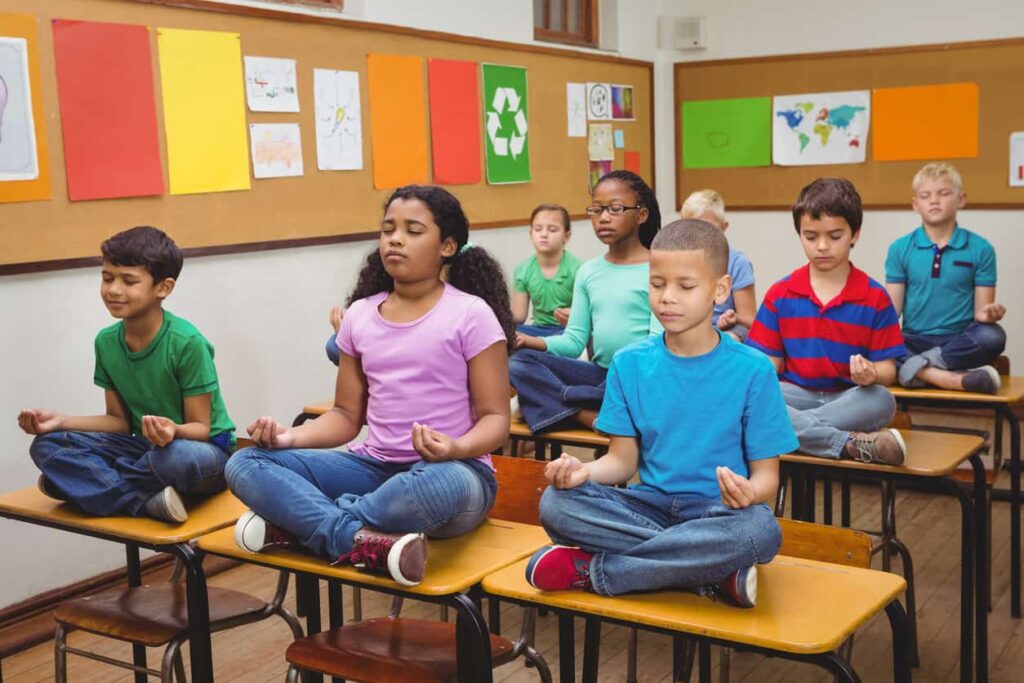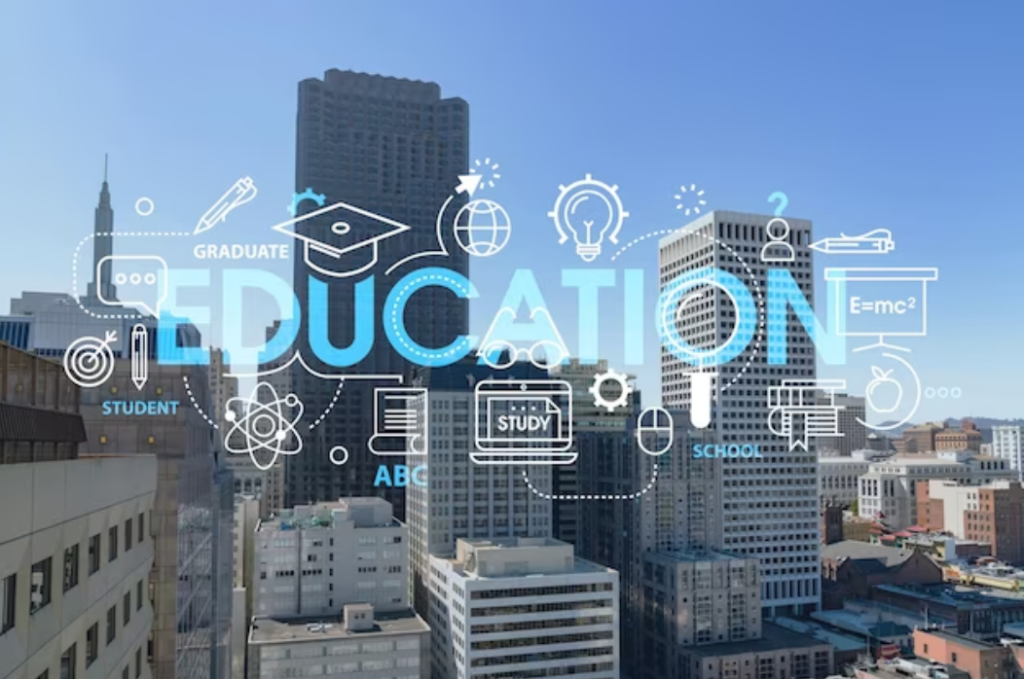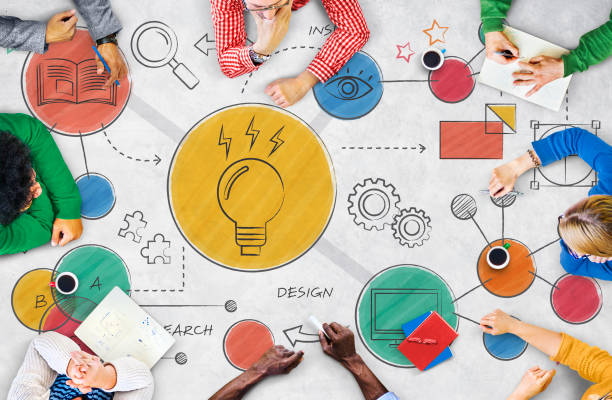Mindfulness in Education: The Cornerstone of Creative Strategies for the Future
In a rapidly evolving educational landscape, where creativity and innovation are essential, mindfulness stands out as a transformative approach to fostering holistic growth among learners and educators alike. The integration of mindfulness in education is not just a passing trend but a necessity for nurturing cognitive, emotional, and social development. This article explores the profound importance of mindfulness in education, offering a comprehensive guide to why it matters and how it can revolutionize learning experiences.
What Is Mindfulness in Education?
Mindfulness, at its core, is the practice of maintaining a moment-by-moment awareness of thoughts, feelings, bodily sensations, and surrounding environments. In educational contexts, mindfulness involves techniques that help students and educators stay present, manage stress, enhance focus, and cultivate compassion.
Key Components of Mindfulness in Education:
- Attention Regulation: Helping learners sustain focus on academic tasks.
- Emotional Awareness: Encouraging recognition and management of emotions.
- Compassion and Empathy: Fostering positive relationships within learning communities.
- Stress Reduction: Equipping learners and educators with tools to handle challenges.
- Self-Reflection: Promoting deeper understanding and personal growth.
Why Mindfulness Matters in Education
1. Enhancing Cognitive Function and Academic Performance
Research demonstrates that mindfulness practices can boost cognitive functions, including memory, executive functioning, and attention span. Students who engage in mindfulness techniques often show improvements in test scores and classroom engagement.
2. Emotional Resilience and Mental Health
Educational environments can be high-stress zones for both students and educators. Mindfulness reduces anxiety, depression, and emotional distress by promoting calmness and psychological flexibility. This emotional resilience allows learners to navigate academic and social challenges effectively.
3. Fostering Creativity and Innovation
Creativity thrives in a state of open awareness. Mindfulness cultivates this state by reducing cognitive rigidity and fostering a mindset receptive to new ideas. Educators who incorporate mindfulness often report an increase in students’ creative problem-solving abilities.
4. Building Stronger Relationships
Mindfulness promotes empathy and compassion, leading to healthier interpersonal relationships among students, teachers, and parents. Classrooms become more inclusive and collaborative spaces when individuals are mindful of each other’s perspectives and emotions.
5. Cultivating a Growth Mindset
A growth mindset—the belief that abilities can be developed through effort and learning—is essential for lifelong learning. Mindfulness encourages learners to embrace challenges, learn from mistakes, and maintain motivation.
Practical Strategies for Implementing Mindfulness in Education
For Educators:
- Mindful Breathing Exercises: Begin classes with a few moments of deep, focused breathing to center the class.
- Body Scans: Guide students to bring awareness to different parts of their bodies, helping them relax and refocus.
- Mindful Listening: Encourage students to listen to a sound, such as a bell, until it completely fades.
- Gratitude Practices: End lessons with students reflecting on something they are grateful for that day.
- Self-Compassion Exercises: Promote positive self-talk and emotional validation.
For Students:
- Journaling: Reflecting on thoughts and feelings through writing fosters mindfulness.
- Mindful Movement: Simple stretches or yoga exercises can release tension.
- Focus Anchors: Using sensory experiences (like holding a small object) to maintain attention.
- Mindful Breaks: Short pauses during study sessions to reset attention.
For Parents and Communities:
- Mindful Parenting Workshops: Teach parents techniques to support mindfulness at home.
- Community Mindfulness Sessions: Foster partnerships between schools and communities to support mental wellness.
- Mindfulness Resources: Provide access to books, apps, and courses.
The Role of Leadership in Promoting Mindfulness
School administrators and policymakers play a crucial role in embedding mindfulness into educational frameworks. Successful integration requires:
- Professional Development: Training teachers to confidently practice and teach mindfulness.
- Mindful Leadership: School leaders modeling mindful behavior.
- Curriculum Integration: Weaving mindfulness into subjects and daily routines.
- Evaluation and Feedback: Continuously assessing the impact of mindfulness initiatives.
Overcoming Challenges to Mindfulness Integration
Despite its benefits, introducing mindfulness in education faces hurdles such as time constraints, skepticism, and a lack of resources. Addressing these challenges involves:
- Time Allocation: Embedding short mindfulness practices into existing schedules.
- Evidence-Based Advocacy: Presenting research findings to stakeholders.
- Inclusive Practices: Adapting mindfulness techniques to diverse student needs.
- Resource Investment: Allocating budgets for training and materials.
The Future of Mindfulness in Education
As education continues to evolve, mindfulness is poised to play a central role in shaping adaptive, resilient, and creative learners. By integrating mindfulness practices, educational institutions can create environments where both students and educators thrive.
Mindfulness in education is not just about improving academic outcomes—it’s about transforming lives. It cultivates a culture of awareness, empathy, and innovation, preparing learners for the complexities of the modern world. For those who envision a future where education empowers individuals to achieve their highest potential, mindfulness is an essential piece of the puzzle.
Final Thoughts
Mindfulness is a powerful tool that redefines what it means to learn, teach, and grow. In the quest for creative strategies in education, it serves as both compass and anchor—guiding us toward a future where learning is not just an academic pursuit but a journey of self-discovery and meaningful connection.



